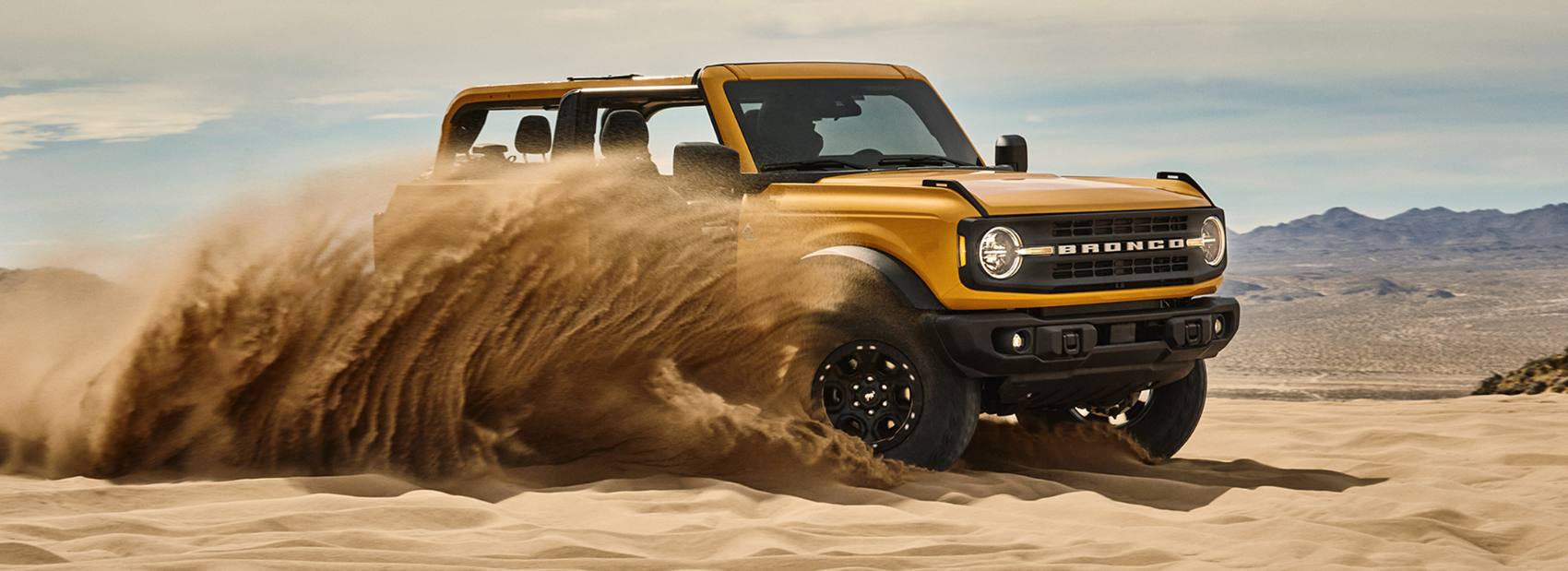FAQ
Freqently Asked Questions
We don’t have all the answers, and we’re cool with that. Maybe we can help point you in the right direction.
We have a locally hosted and moderated Michigan-focused forum located here. Bronco6g has an awesome community here, and Bronco Nation has a great site here.
As a non-profit, we’re here to educate and inform. But we don our hats to the many enthusiasts, volunteers, and off-roaders who’ve helped support the Bronco platform and excellent stewardship of Michigan.
Traveling with a group of other off-roaders can ensure if you get stuck, there’ll be a capable vehicle there to assist.
Gear can vary by ride, but here are some of the basics you should bring:
- Air Pressure Gauges
- Tow Strap
- Shovel
- Tire Plug Kit
- Jack
- First aid kit
- Flashlight
- Work Gloves
- Maps/Compass
- Cell Phone
- FRS/GMRS Radio
- Water
- All Terrain for most trails is a good balance, with 3 peak rating a plus for winter driving and snow.
- Mud tires can be best if ultimate traction and mud running is a regular plan for you. Be ready for more noise.
- Aggressive all season tires will offer good traction, the quietest/smoothest ride and often the longest wear. You may find your limits a bit faster, but most trails can be conquered with a good all season tire.
While this list isn’t exhaustive, it’s a good start.
- Check engine oil
- Check transmission oil
- Check brake fluid
- Check radiator coolant
- Check windshield wiper fluid
- Check fan belts
- Check hoses
- Check air cleaner
- Check seat belts
- Check tire air pressure (tire air pressure changes for highway driving and off-road driving)
- Check for tire wear or damage
- Check and tighten, if needed, the u-bolts and lug bolts
- Check for frame cracks
- Check brake pads and shoes
- Check for any loose bolts or nuts
- Check shocks
- Check tow points
- Check winch for proper operation (if vehicle has one)
Here are the guidelines we’re trying to utilize in classifying the trails. Note that ORV parks can have various optional paths and the difficulty ratings are for the more difficult paths.
- 1-2 Mild trails, may not require 4WD (Unpaved roads, fire breaks)
- 3-4 Moderate trails, 4WD required – Potential for getting stuck (Rutted trails, undulating terrain, shallow stream crossings, mud holes, sand or snow)
- 5-6 Challenging trails, 4WD Lo necessary – Potential for vehicle damage (Loose and or rocky terrain, off-camber trails, large mud holes, creek crossings)
- 7-8 Difficult Trails, Heavy Duty vehicle components needed – Potential for serious vehicle damage (Very rocky or steep terrain, mud bogs, deep stream crossings)
- 9-10 Extremely Difficult, Heavy Duty vehicle components required (Most of trail is rocky and off-camber obstacles. High rollover or component damage potential)
